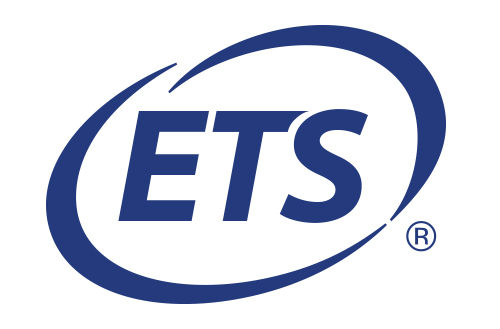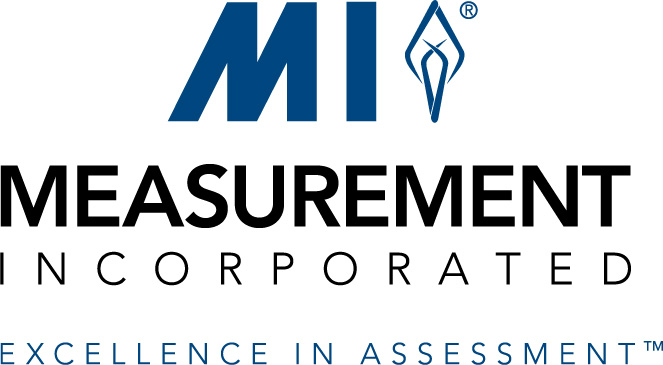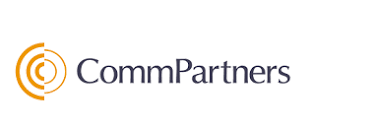ITEMS Portal
FAQs - Module Access

- Does it cost anything to access ITEMS modules?
- Can I share the materials with others?
- Who owns the ITEMS materials?
- Are ITEMS modules still published as peer-reviewed journal articles?
- How are ITEMS modules different from peer-reviewed scientific journal articles?
- How do I cite ITEMS modules?
1. Does it cost anything to access ITEMS modules?
ITEMS modules are made available to the general public free of charge as part of NCME’s mission - you don't even have to be an NCME member to access them. However, development costs for ITEMS modules are non-trivial and we are always grateful for sponsorship donations or time from volunteers to help us reduce internal costs. If you are interested in sponsoring the ITEMS effort please do not hesitate to contact us!
2. Can I share the materials with others?
ITEMS modules that are made available free of charge and can be accessed by anyone once they have created a free account on our website. Thus, you are welcome to promote the ITEMS portal and point others to our resources.
3. Who owns the ITEMS materials?
Upon posting on the website, all materials become the property of NCME. However, the content developers retain the right to use their own materials for educational purposes free of charge and receive the final software file from Storyline 360 on a server so that they can independently update it for future releases if desired.
4. Are ITEMS modules still published as peer-reviewed journal articles?
Starting in 2018, ITEMS modules are released exclusively within the digital ITEMS portal space of NCME - there are many good logistical reasons to transition from a print-only model of publication to an all-digital presentation of content. That being said, each ITEMS module will be accompanied by a short "fact sheet" that will be published in the journal Educational Measurement: Issues and Practice in a space called the ITEMS Corner. This allows us to create awareness for the ITEMS module indirectly through scholarly databases and it allows the content developers to cite the ITEMS Corner contribution just like other peer-reviewed journal publication, should that be desired. In the long term, we hope that the authoring and digital release of ITEMS modules carries its own prestige for showcasing professional development skills given their educational focus.
5. How are ITEMS modules different from peer-reviewed scientific journal articles?
In a scientific article the primary focus is typically on providing novel insights for a foundational scientific problem or for critical real-life applications. In an ITEMS module the primary focus is typically on providing an accurate, current, accessible, engaging, and practically useful introduction to a key topic of interest in educational assessment and assessment. While the content should reflect the current scientific state-of-the-art in the field, modules do not necessarily have to teach novel material that has never been published elsewhere. Therefore, technical discussions of simulation studies, detailed descriptions of meta-analyses or systematic reviews, or applications of a particular quantitative methodology in a single use context are general not suitable for ITEMS and should be submitted elsewhere - including potentially Educational Measurement: Issues and Practice - as peer-reviewed journal articles, book chapters, conference proceedings, or the like.
6. How do I cite ITEMS modules?
We recommend that you follow the guidelines in the specific style guide that you are using. If you are not using a specific one, you could follow the rules from the APA Style Guide for example, which recommends citing websites as "Author, A. (date). Title of document [Format description]. Retrieved from http://xxxxxxxxx". So, for example, our third digital module would be cited as "Wind, S. (2018). Nonparametric item response theory [Digital ITEMS Module 03]. Retrieved from http://ncme.elevate.commpartners.com" with the in-text citation being "Wind (2018)" for instance.
| Access Date | Quiz Result | Score | Actions |
|---|

















